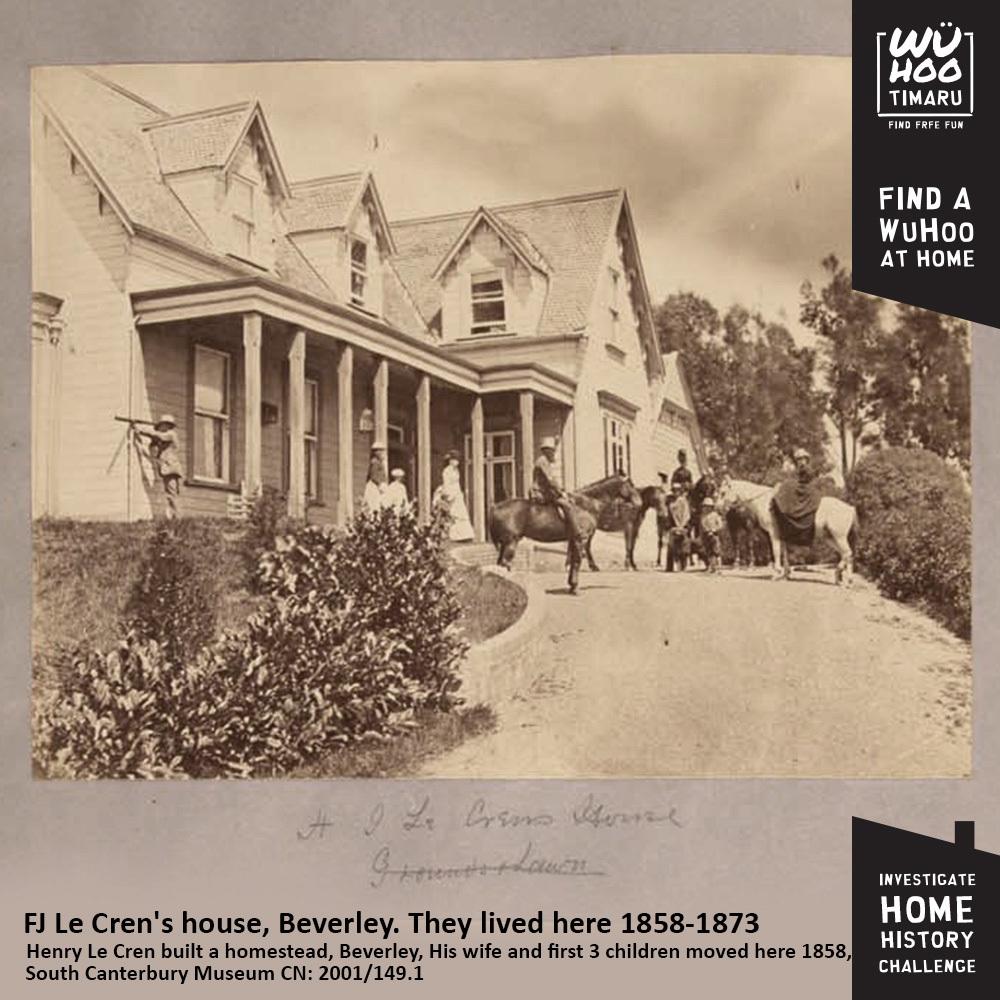
Ever walked past a house and wondered who lived there? Maybe your home has some history that you would like to investigate? Or maybe you have heard about ordinary or famous people and wondered what it was like to live in their home... Learning about our history, arts and culture helps us learn about ourselves. We believe that a strong sense of identity goes a long way to our personal well-being. So we are keen to help inspire you to find your own WuHoo. Your own investigating can be done from a computer or phone at home.
You could investigate...
- When was it built?
- What style is it built in?
- What materials is it made out of?
- Has it been extended or altered?
- Who were the previous owners?















